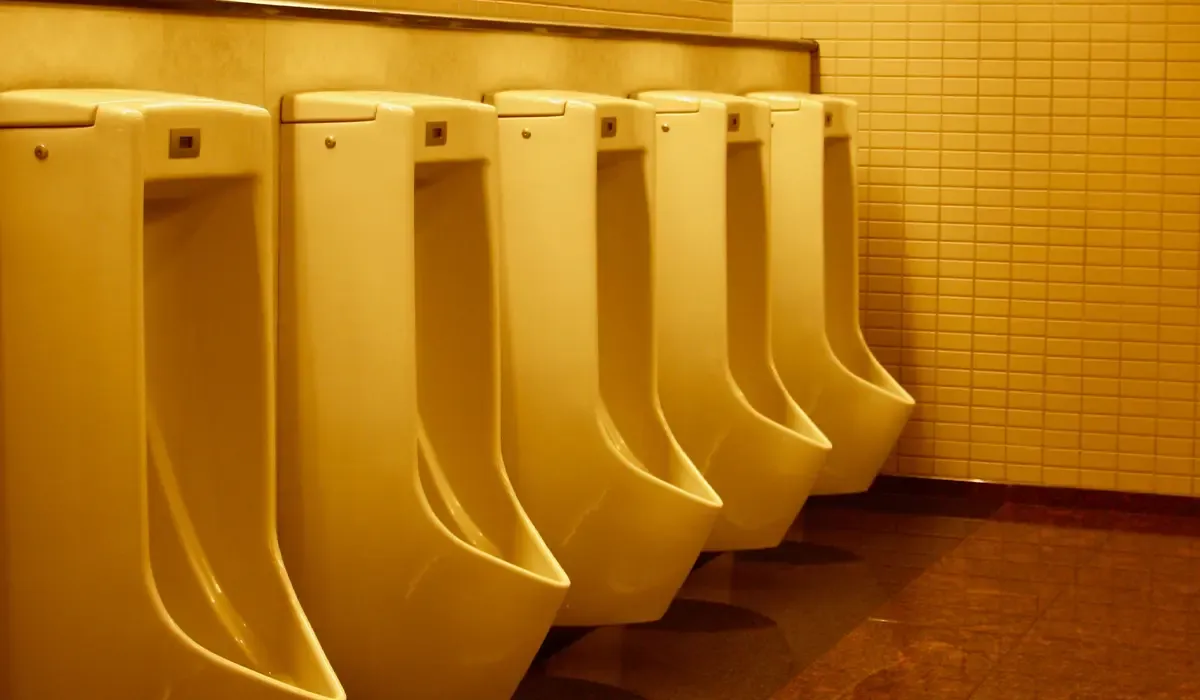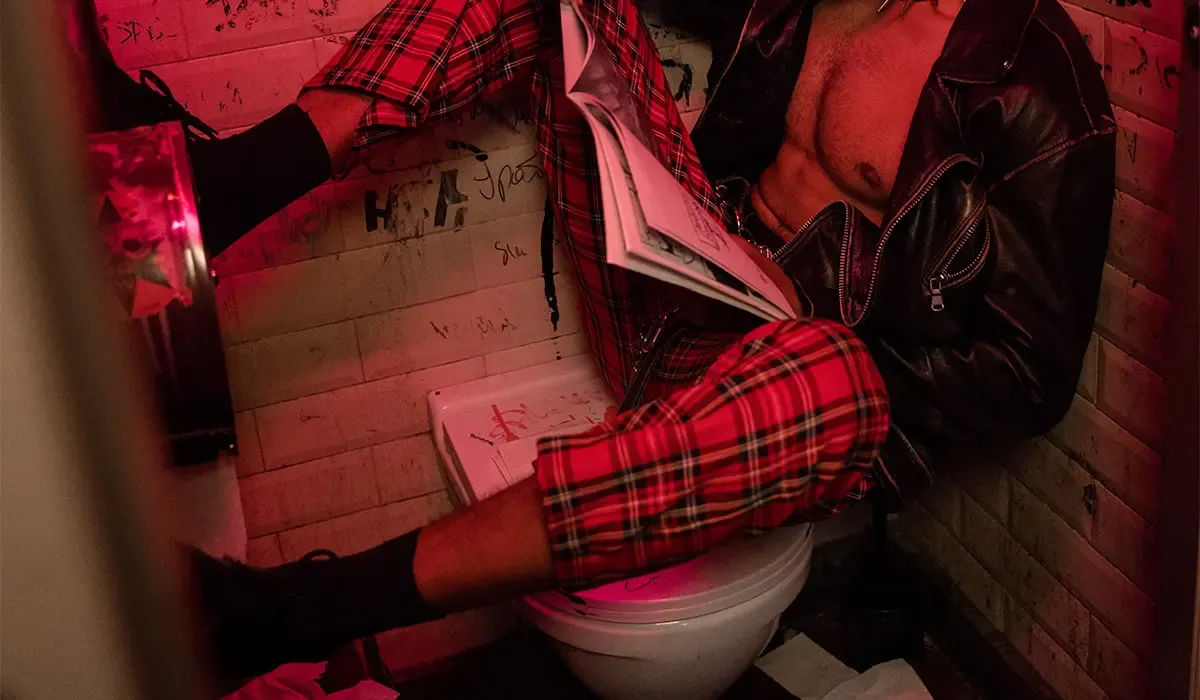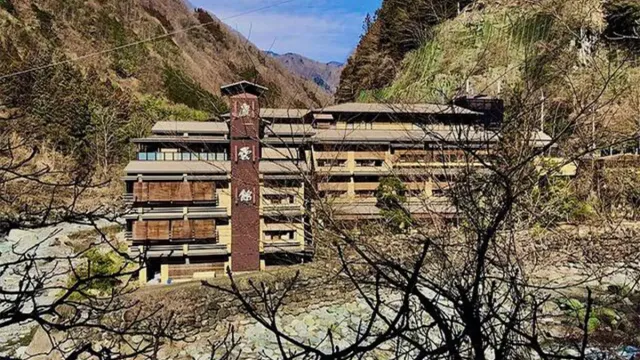6 Strangest Public Toilets
Interesting public toilet? Not long ago, for most people it would sound like an oxymoron. Especially the city toilet has been associated in the public consciousness as a place where not only hygiene is lacking, but also any sign of good style. However, this began to change when interior designers, everyday objects designers, and even artists became interested in them. Many of the projects they created are now true design classics. However, some have become famous as the strangest toilets in the world.
Strange toilets - what's the deal?
Designing a bathroom can be really difficult. Moreover, the final result doesn't always look as good as it did in the investor's mind. Even in the case of interiors created by professionals - at least in theory - there are some pretty strange toilets that are hard to describe as anything other than architectural monstrosities.
However, it should be emphasized that so-called strange toilets are something completely different from unsuccessful arrangements. Many of them are the works of experienced and renowned interior and landscape architects, and even world-famous artists. Some of the "strangest toilets in the world" may seem that way at first glance - but in practice, they turn out to be very modern and functional. So what caused them to be labeled as such?
Where the king walks on foot
Contrary to appearances, "the strangest toilets in the world" do not necessarily have any common denominator. On the contrary - they are extremely diverse. Some have been designed with exceptional grandeur, resulting in spectacular, almost campy arrangements. Others, on the other hand, draw attention with interesting gadgets - like the bathroom in Singapore, where the urinal wall in the men's toilet changes color under the influence of heat. It also happens that the accessories in a public toilet cause real scandals. Just mention, for example, urinals in the shape of a female bust from Chongqing, China or those shaped like Mick Jagger's lips, created by Dutch artist Meike van Schnijndel.
At the same time, modern urban toilets, such as those found in London, also fall into the "strange" category - cabins that "grow" on the streets after dark and hide in the sidewalks in the morning.
However, there is something that seems to connect the so-called "strangest toilets in the world". Regardless of whether this term has stuck to them because of their decor, location, or technology, each of them has something surprising. This makes it impossible to pass by them indifferently.
List of the strangest public toilets
However, not only toilets filled with modern technologies can be described as strange, intriguing or simply interesting. Many of them have become tourist attractions, attracting lovers of interesting design and modern architecture. Which ones are worth knowing?
Toilet in an elevator - Guadalajara, Mexico
Among the luxury apartments in this city, there is one that should be avoided by people struggling with fear of heights. The reason is a toilet located in a former elevator shaft with a depth of about 15 meters. Admiring it is made possible by a completely transparent floor. It is the perfect place for people who are not afraid of mountain hikes and cliffs. For the rest, we recommend... not looking down.
All in gold - Milan, Italy
The toilet, which is perfectly described as "bathed in gold", is located on Via Poerio in Milan. It is part of the Golden Dolce Gabbana restaurant, opened in 2006, visited by both celebrities and tourists from all over the world. This place is known for its extremely luxurious decor. This can also be seen in the toilet - full of gold, glass and lighting that emphasizes the characteristic yellow glow.
Toilet-signpost - Ibuki-shima, Japan
This is an intriguing project by Daigo Ishii and Future-scape Architects. The shape of the toilet is inspired by the surrounding classic Japanese houses with gable roofs. Although it may seem quite unassuming from the outside, when entering inside we encounter a unique play of light, which divides and shapes the space. All thanks to six slits sharply cutting through the toilet building. Their placement is not random. Each one points to the direction of the main cities on six continents.
A truly inclusive toilet
Everyone needs a toilet. At the same time, for many people around the world, the need to use a bathroom in a public place can be a real challenge.
That's why there has been a lot of talk about the projects of The Stalled! group. Its members have been analyzing the difficulties that people from different social groups encounter in toilets for years, while looking for the best ways to solve them and create a truly inclusive bathroom. It is meant to be a place where every person, regardless of age, gender, health status or other factors, will have the necessary comfort, safety and privacy.
Aquarium toilet - Ichihara, Japan
Sou Fujimoto is a Japanese architect who has become famous for his truly original designs. One of them is a public toilet located in the city of Ichihara.
To use it, we have to enter a small garden surrounded by a high fence that can be locked with a key. A winding path leads to a transparent aquarium, in which there is a bowl and a sink. This place has become a very popular attraction among tourists visiting Ichihara.
Unusual, created by world-renowned architects, public toilets are no longer just places to visit in case of necessity. Many of them have become attractions in their own right. Interestingly, they attract not only people who are intrigued by the "strangest toilets in the world", but also lovers of unconventional, modern architecture.






 Polski
Polski
 Český
Český
 Deutsch
Deutsch
 Spanish
Spanish
 French
French
 Italian
Italian